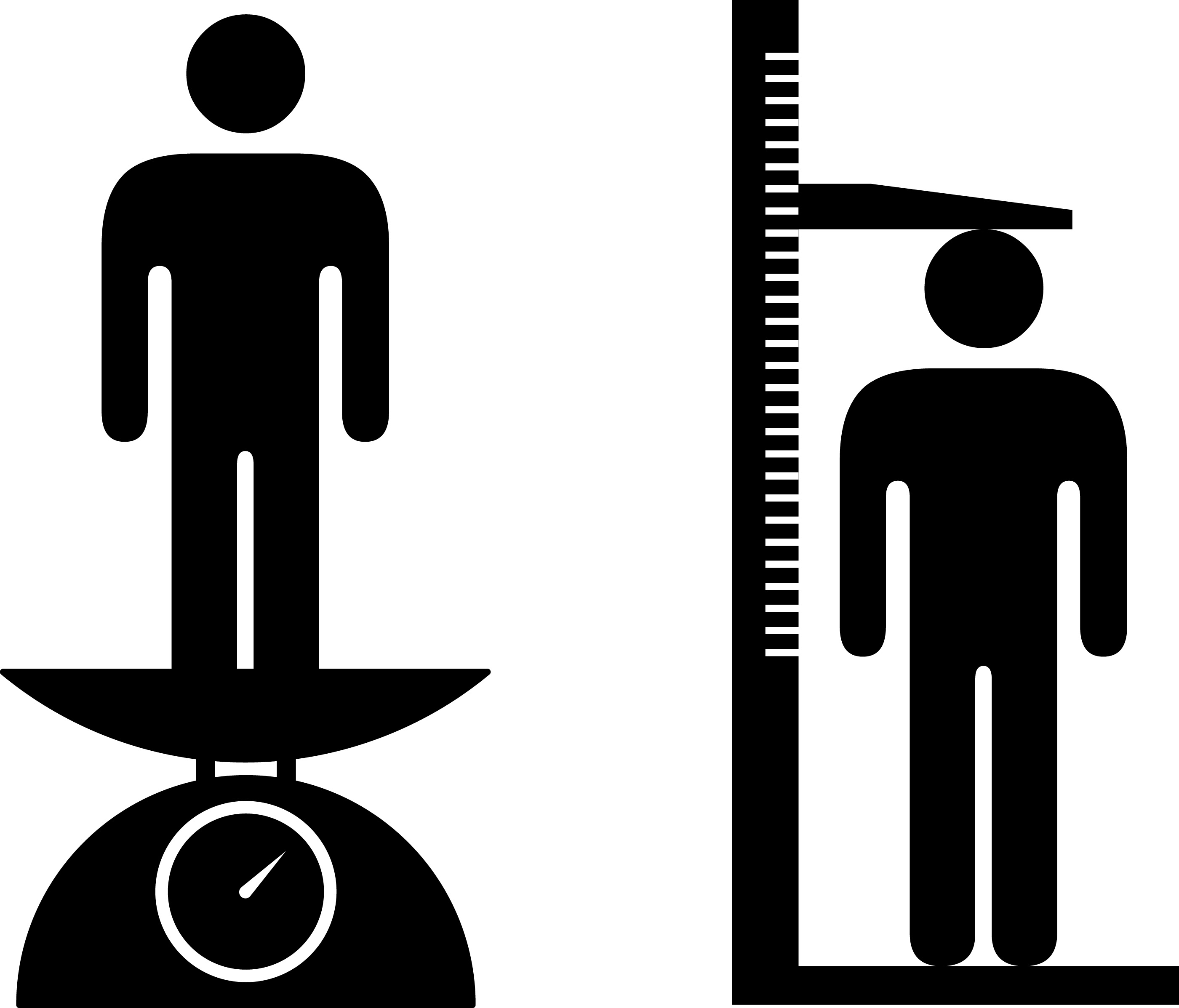Hiring the right person always feels like a gamble, and oftentimes hiring managers believe that trusting their gut feelings is the way to go. But there’s a better way—using data to measure the communication styles, skills, and values of a potential hire. To illustrate how data-driven hiring trumps intuition, we present an article by guest columnist Tonya Lanthier.
 |
“If you can’t measure something, you can’t understand it. If you can’t understand it, you can’t control it. If you can’t control it, you can’t improve it.” —H. James Harrington
Interviewing a new hire can be a lot like a blind date. You show up with very little information about the person and rely on your gut to tell you whether to stay and finish dinner or escape when he or she goes to the bathroom.
Like blind dates, most managers rely on small bits of information from potential hires: previous work experience, résumé, and schooling. Then they make a decision based on a gut feeling during the interview. They are confident they know their business and can determine if a candidate will be a good long-term fit.
Unfortunately, the research suggests humans are easily distracted by inconsequential bits of information and are terrible at synthesizing information consistently. When the Harvard Business Review studied intuition vs. data-driven hiring, it found data does a much better job than human intuition.
Why I Believe in Data-Driven Hiring
Early in my career, I held temporary positions in over 100 dental offices. The variance in my experience from office to office was shocking. Some offices worked like well-oiled machines. The team was cohesive, the management was stellar, and patients were happy. Other offices were dysfunctional messes. Each day was filled with bickering, back stabbing, disregard for leadership, and mismanaged patients.
What I began to piece together was that successful offices hired the right people. Interestingly, the things I noticed that separated the great teams from the dysfunctional teams were the teams’ compatibility in four areas:
- Communication behavior style
- Values
- Skills
- Culture
The offices that hired teams well-matched in these focus areas were successful. Over time, I began helping friends find work, falling into a role of matchmaker between offices and potential employees. I realized I needed a standardized way to place people in offices where they would be well suited based on their communication, skills, values, and culture.
The Best Data for the Best Fit
My early experience temping gave me insight into what kind of data matters when both hiring a new employee and searching for a new job. Often our intuition leads us to hire people that are like us. Research has proven this time and time again. We hire people who look, talk, and act like us.
However, if you hire a team full of dominant, quick decision makers who are only focused on the bottom line, you are in for an epic clash of too many chiefs. A good team requires a variety of temperaments and communication styles.
To hire based on these metrics, I developed a platform that not only allows for jobseekers to show their work experience, but this platform also scores them based on their communication style, values, and cultural needs. When prospective employers are looking to build a team, they can find someone who fits their needs. On the other hand, candidates can also find job opportunities consistent with their needs and values.
Measuring Communication and Behavior Style
Our jobseekers complete a dominance, inducement, submission, and compliance (DISC) personality test in order to better understand their own communication and behavior as well as to learn how to notice and adapt to other styles. In a nutshell, the DISC test helps us understand:
- Who you are and how your personality affects others
- How to appreciate and respect personality differences
- How a team can play nicely in the “sandbox”
- How we can be more effective working as a team
DISC provides insight into what some have called emotional intelligence (EI). This assessment helps employees and employers become self-aware and attentive to differences—therefore, better able to interact with others based on their DISC type.
If, for example, a manager needs to hire a dental assistant who works well with others, loves to talk and interact with patients, and has great energy, he or she can find someone who fits the temperament they are looking for. Additionally, candidates who know their DISC style can more easily search out jobs where they will be a good personality fit.
For instance, if the jobseeker finds he or she is an ‘I’ or an influencer personality, (someone who is socially inclined and hates to be bogged down by details) he or she may not want to apply for a job whose boss falls into the ‘C’ or compliance quadrant (he or she would need systematic and detailed reports).
In tomorrow’s Advisor, Lanthier discusses how to measure values, skills, and culture, along with thoughts on how all these pieces of data fit together.
